Redwire, Bradford Space and SSC to jointly develop commercial orbital debris removal service
Wednesday, 21 September 2022 12:30 Redwire Corporation (NYSE: RDW), a leader in space infrastructure for the next generation space economy, has signed a memorandum of understanding (MOU) with both Bradford Space and the Swedish Space Corporation (SSC) to develop a commercial orbital debris removal service. Through this collaboration, Redwire will expand the development team and add extensive space robotics and guidance, navigatio
Redwire Corporation (NYSE: RDW), a leader in space infrastructure for the next generation space economy, has signed a memorandum of understanding (MOU) with both Bradford Space and the Swedish Space Corporation (SSC) to develop a commercial orbital debris removal service. Through this collaboration, Redwire will expand the development team and add extensive space robotics and guidance, navigatio MDA announces second commercial sale of space robotics technology to Axiom Space
Wednesday, 21 September 2022 12:30 MDA Ltd. (TSX: MDA), a leading provider of advanced technology and services to the rapidly expanding global space industry, has announced the second commercial sale of its products derived from Canadarm3 technology to Axiom Space.
The new contract is for the delivery of 62 payload interface pairs for Axiom Space's Axiom Station. The interfaces will provide mechanical, electrical, and data
MDA Ltd. (TSX: MDA), a leading provider of advanced technology and services to the rapidly expanding global space industry, has announced the second commercial sale of its products derived from Canadarm3 technology to Axiom Space.
The new contract is for the delivery of 62 payload interface pairs for Axiom Space's Axiom Station. The interfaces will provide mechanical, electrical, and data Maxar awarded G-EGD contract renewal to provide mission-ready imagery for US Govt
Wednesday, 21 September 2022 12:30 Maxar Technologies (NYSE:MAXR) (TSX:MAXR), provider of comprehensive space solutions and secure, precise, geospatial intelligence, has been awarded an Option Year 3 contract renewal by the U.S. National Geospatial-Intelligence Agency (NGA) for the Global Enhanced GEOINT Delivery (G-EGD) program. The contract, which began September 1, 2022, is valued at $44 million. This is the third of three opt
Maxar Technologies (NYSE:MAXR) (TSX:MAXR), provider of comprehensive space solutions and secure, precise, geospatial intelligence, has been awarded an Option Year 3 contract renewal by the U.S. National Geospatial-Intelligence Agency (NGA) for the Global Enhanced GEOINT Delivery (G-EGD) program. The contract, which began September 1, 2022, is valued at $44 million. This is the third of three opt Maxar offering new space-monitoring service to help track objects in orbit
Wednesday, 21 September 2022 12:20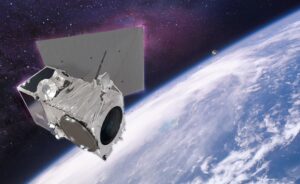
Maxar Technologies has received regulatory approval to use its satellites to monitor the space environment and sell that data commercially.
The post Maxar offering new space-monitoring service to help track objects in orbit appeared first on SpaceNews.
IAC 2022: ESA DG and astronauts meet the press
Wednesday, 21 September 2022 11:00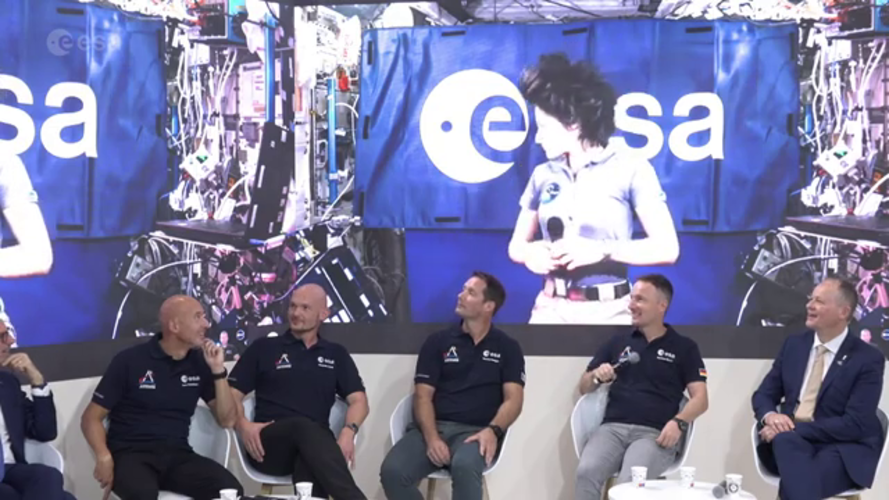 Video:
01:00:00
Video:
01:00:00
ESA astronauts Thomas Pesquet, Luca Parmitano, Alexander Gerst, and Matthias Maurer, together with the ESA Director General answered questions from journalists at the IAC in Paris. Andreas Mogensen joined remotely and Samantha Cristoforetti connected directly from the the International Space Station.
Artemis Accords signatories hold first meeting
Wednesday, 21 September 2022 09:48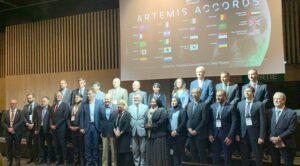
Nations that have signed the U.S.-led Artemis Accords met in person for the first time Sept. 19 as an initial step to elaborate on the principles for safe and sustainable space exploration.
New Webb image captures clearest view of Neptune’s rings in decades
Wednesday, 21 September 2022 08:28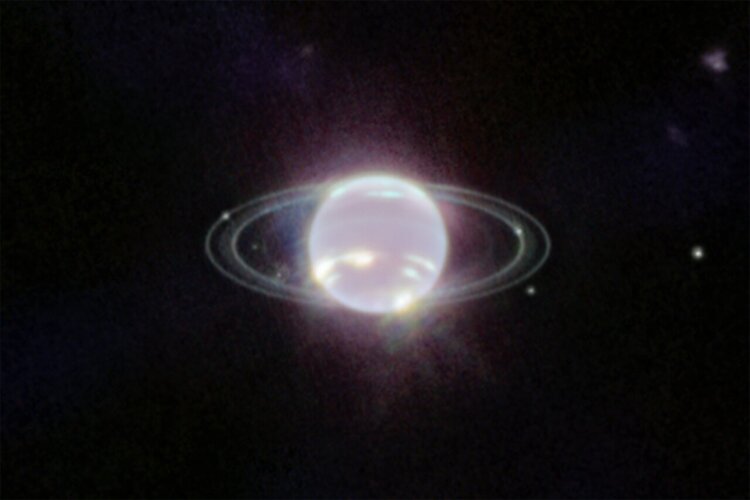
The NASA/ESA/CSA James Webb Space Telescope is showing off its capabilities closer to home with its first image of Neptune. Not only has Webb captured the clearest view of this peculiar planet’s rings in more than 30 years, but its cameras are also revealing the ice giant in a whole new light.
Zooming in on drought from space
Wednesday, 21 September 2022 07:20
We are all aware that the summer of 2022 has been one of the hottest on record, causing drought and raging wildfires in many parts of Europe. Satellite data have been used to report the baking temperatures of the land surface and map fires, but the Copernicus Sentinel-1 radar mission has also been used to zoom in and provide very high-resolution measurements of the actual moisture content of the surface soils. Maps of northern Italy, for example, show how dry this summer has been compared to two years ago.
American, Russians to blast off for ISS as war rages in Ukraine
Wednesday, 21 September 2022 07:00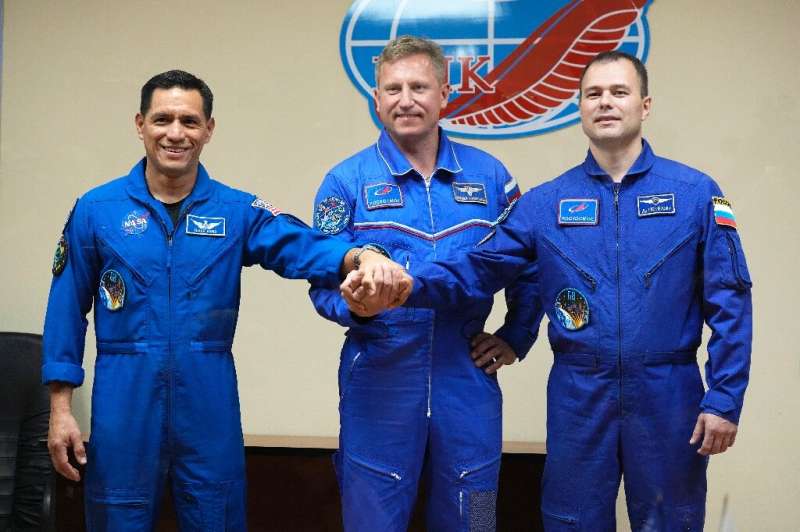
A US astronaut and two Russian cosmonauts are set to blast off to the International Space Station Wednesday on a Russian-operated flight despite soaring tensions between Moscow and Washington over Russia's invasion of Ukraine.
NASA's Frank Rubio and Russia's Sergey Prokopyev and Dmitry Petelin are scheduled to take off from the Russia-leased Baikonur cosmodrome in Kazakhstan at 1354 GMT, according to Russian space agency Roscosmos.
Rubio will become the first US astronaut to travel to the ISS on a Russian Soyuz rocket since President Vladimir Putin sent troops into pro-Western Ukraine on February 24.
In response, Western capitals including Washington have hit Moscow with unprecedented sanctions and bilateral ties have sunk to new lows.
American, Russians blast off for ISS as war rages in Ukraine (Update)
Wednesday, 21 September 2022 07:00
A US astronaut and two Russian cosmonauts are set to blast off to the International Space Station Wednesday on a Russian-operated flight despite soaring tensions between Moscow and Washington over Russia's invasion of Ukraine.
NASA's Frank Rubio and Russia's Sergey Prokopyev and Dmitry Petelin are scheduled to take off from the Russia-leased Baikonur cosmodrome in Kazakhstan at 1354 GMT, according to Russian space agency Roscosmos.
Rubio will become the first US astronaut to travel to the ISS on a Russian Soyuz rocket since President Vladimir Putin sent troops into pro-Western Ukraine on February 24.
In response, Western capitals including Washington have hit Moscow with unprecedented sanctions and bilateral ties have sunk to new lows.
Weightless on Earth with VIVALDI
Wednesday, 21 September 2022 06:00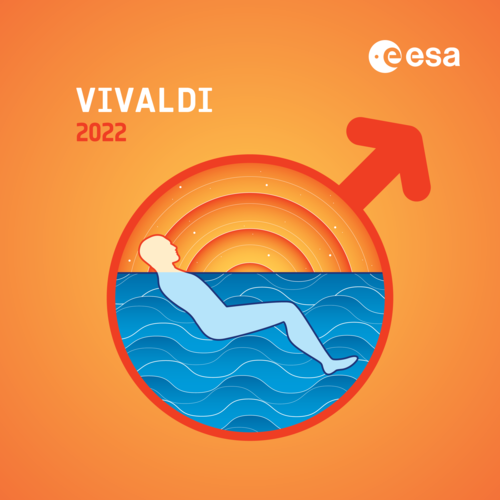
During missions on the International Space Station, astronauts’ bodies go through a wide array of changes due to lack of gravity - everything from vision to cardiovascular health to bone density is affected.
Though astronauts exercise and take supplements to mitigate some of these effects, understanding more about deconditioning in microgravity could allow physicians to design better treatments. This wouldn’t just be useful for spacefarers; it could also improve treatment strategies for common health conditions here on Earth.
SpinLaunch raises $71 million
Wednesday, 21 September 2022 02:59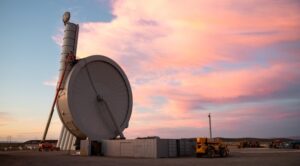
SpinLaunch, a company developing a launch system that uses a centrifuge as a first stage, raised $71 million to continue work on that system and a line of satellites.
The post SpinLaunch raises $71 million appeared first on SpaceNews.
Draft solicitation for national security space launch services expected in early 2023
Tuesday, 20 September 2022 22:46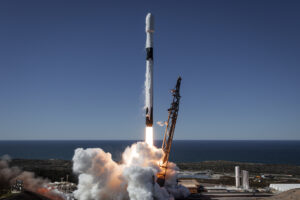
Brig. Gen. Stephen Purdy said DoD has to approve the NSSL Phase 3 strategy before a draft request for proposals can be released
The post Draft solicitation for national security space launch services expected in early 2023 appeared first on SpaceNews.
Space Force procurement chief criticizes over-engineered satellite programs
Tuesday, 20 September 2022 22:19
Frank Calvelli: 'The old approach, the seven-year development contracts that we're doing, that has to change'
The post Space Force procurement chief criticizes over-engineered satellite programs appeared first on SpaceNews.
Next batch of OneWeb satellites arrive in India for launch
Tuesday, 20 September 2022 20:24
OneWeb said Sept. 20 its latest batch of 36 broadband satellites has arrived in India ahead of plans to launch them next month on the country's largest rocket.
The post Next batch of OneWeb satellites arrive in India for launch appeared first on SpaceNews.

